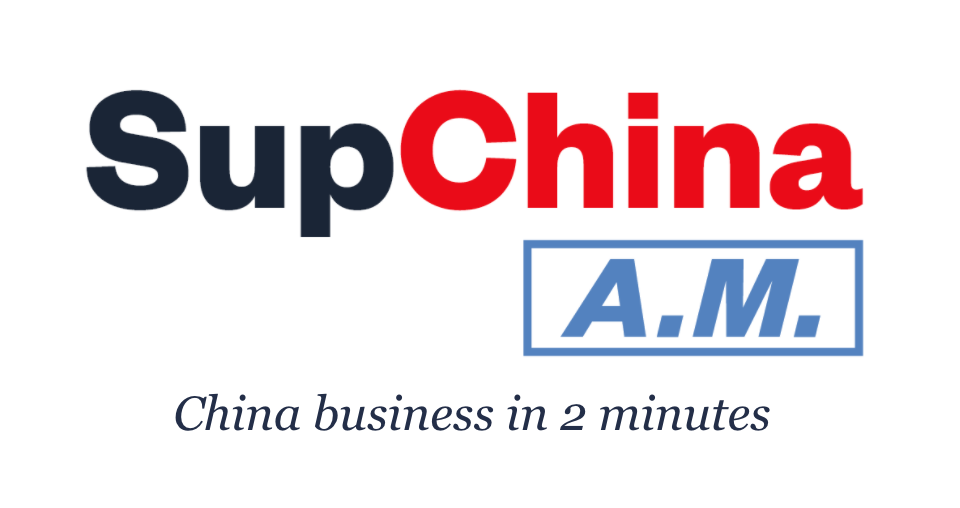Shanghai redoubles efforts to promote robotaxis
A story from the The China Project A.M. newsletter. Sign up for free here.

Shanghai’s authorities are ramping up their promotion of autonomous driving this year by supporting more pilot programs in the city’s Jiading district, beginning self-driving truck trials, and exploring new business models in the area of “smart” public transport, the city’s economic committee announced on Monday.
- In December, state-owned automaker SAIC Motor launched a robotaxi service in collaboration with ride-hailing app operator Xiangdao Chuxing in Shanghai and Suzhou. In 2022, it plans to expand into Shenzhen, deploying an operating fleet of 200 units.
- Customers can download an app that will call a robotaxi, which can take them to over 30 designated places including subway stations, bus terminals, and office buildings.
- Xiangdao’s self-driving software was developed by the startup Momenta and is already operating on designated roads. Momenta counts General Motors and Singapore’s Temasek as major investors. Other Shanghai operators include Pony.ai and AutoX.
The context: Self-driving car technology has five levels. Level 4 means the car can only operate specific routes autonomously. Level 5, the highest, is completely autonomous. China wants Level 4 vehicles to reach 20% of all EV sales by 2030.
- Commercialization is still a ways away. SAIC plans to turn a profit on their robotaxi’s by the end of 2025. In November, Baidu, which collaborates with Pony.ai, was authorized by the Beijing government to begin collecting fares for their robotaxis, marking a major step in that direction.
- Self-driving vehicles are still manned by safety operators in China. But the city said it will introduce legislation to allow autonomous driving without them, marking a major checkpoint in the sector’s development.
- 27 provinces and municipalities in China now have regulations on self-driving vehicles. That includes 16 designated autonomous driving zones, and more than 3,500 kilometers (2,175 miles) of test road, according to Xinhua.
The takeaway: Autonomous driving is an opaque industry, as companies are protective over their proprietary technologies. That makes it hard to find unified metrics of success to compare Chinese and American self-driving companies, which operate in totally different areas and driving conditions. Only when they begin competing for the same market might investors get a sense for whose technology is better.






